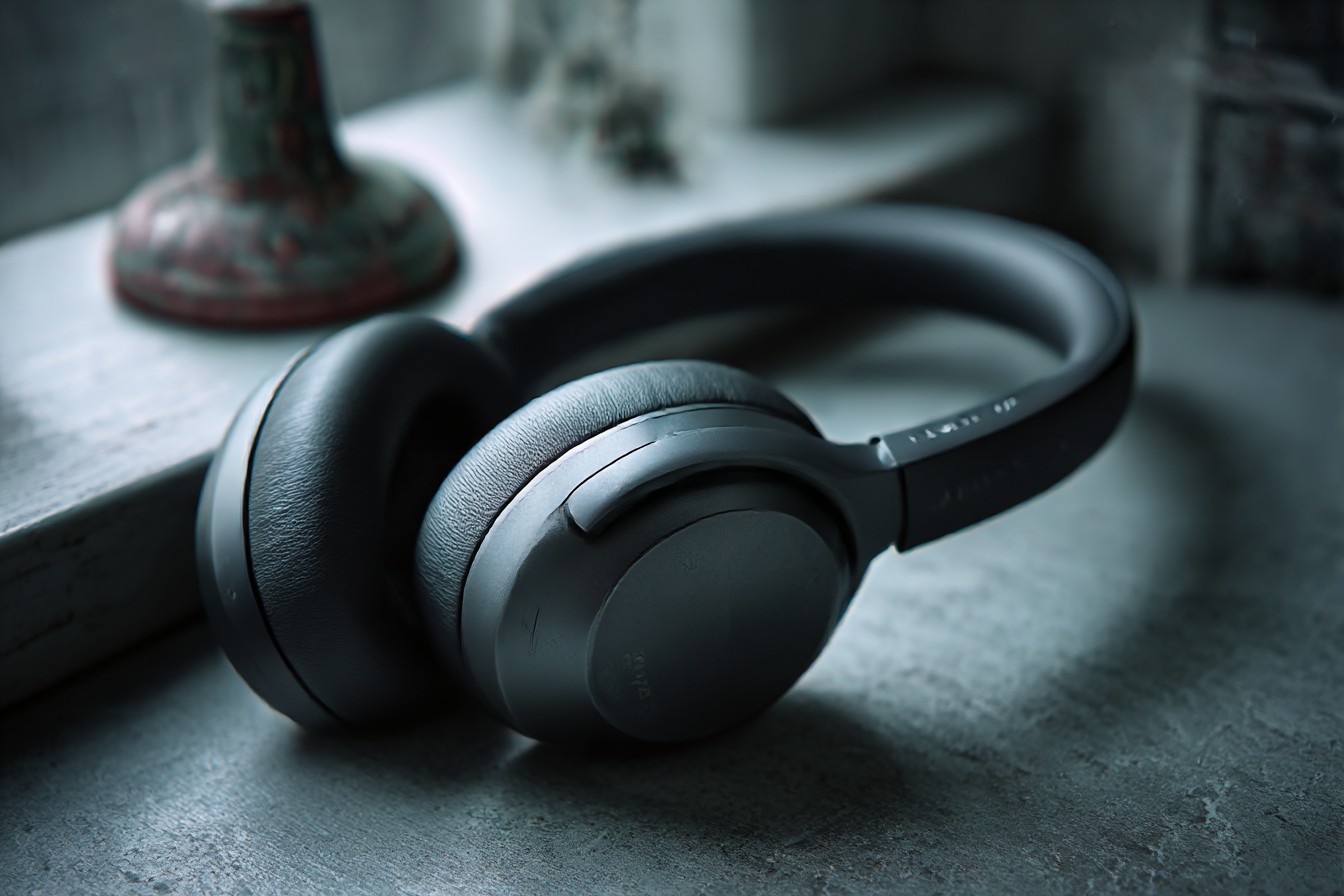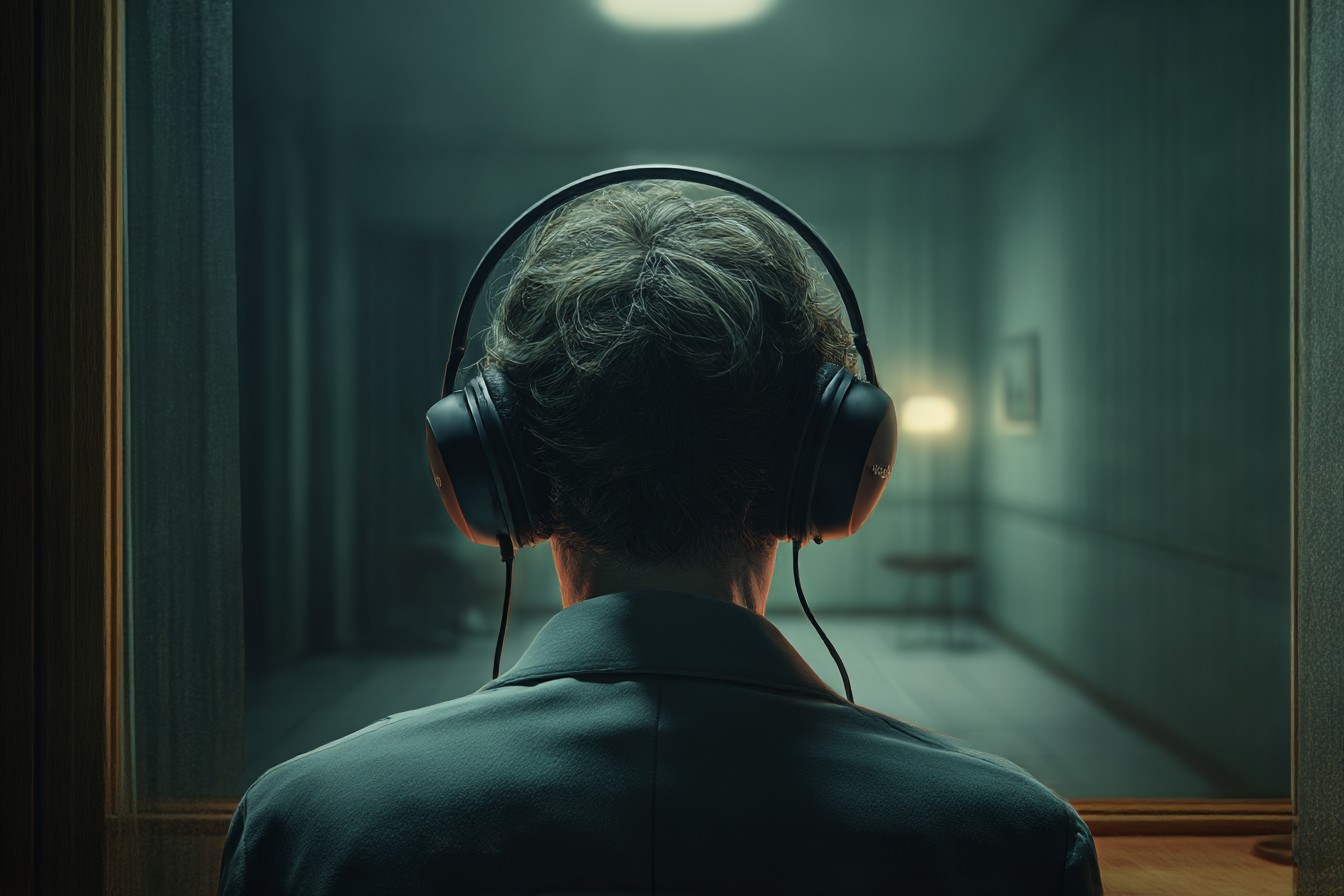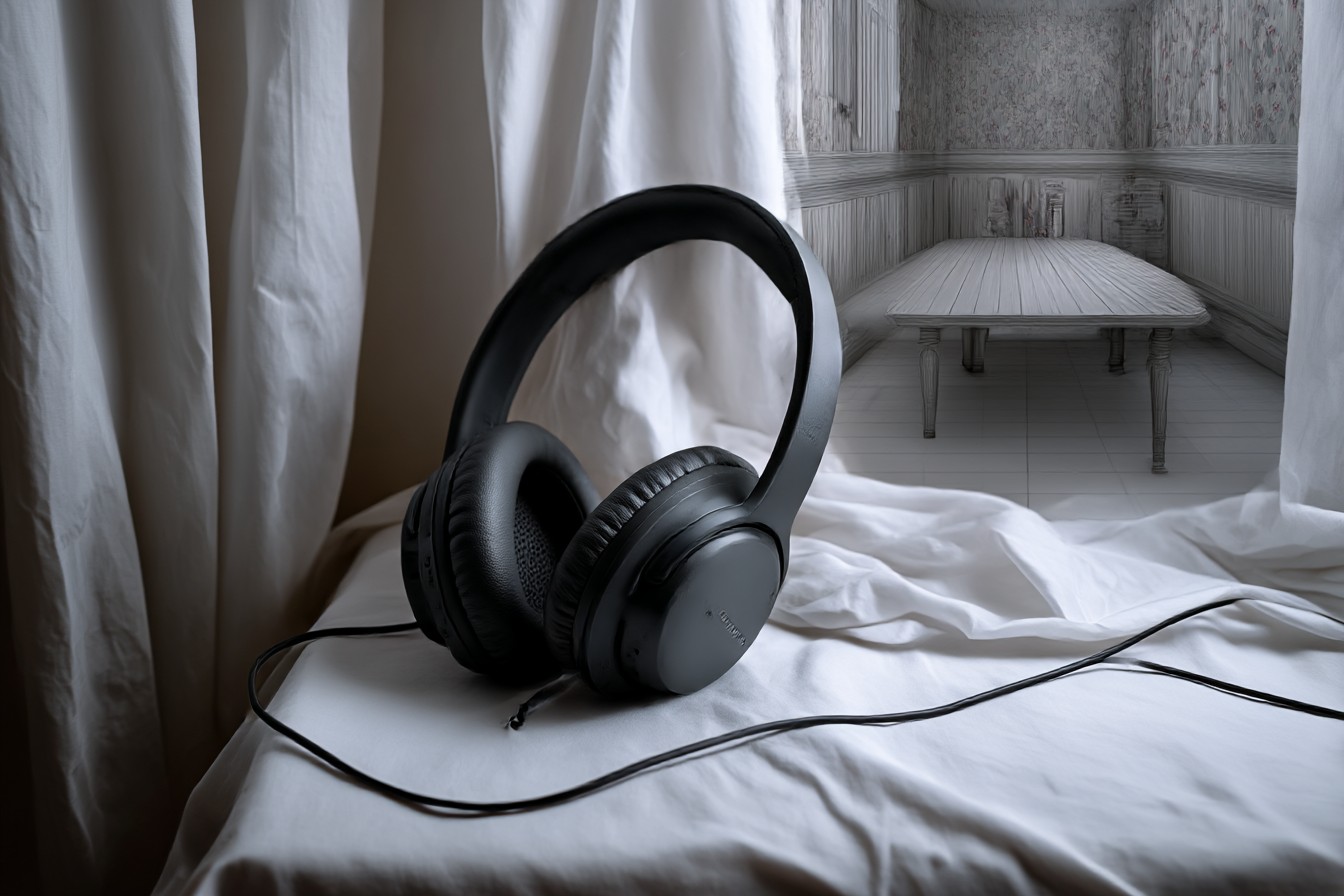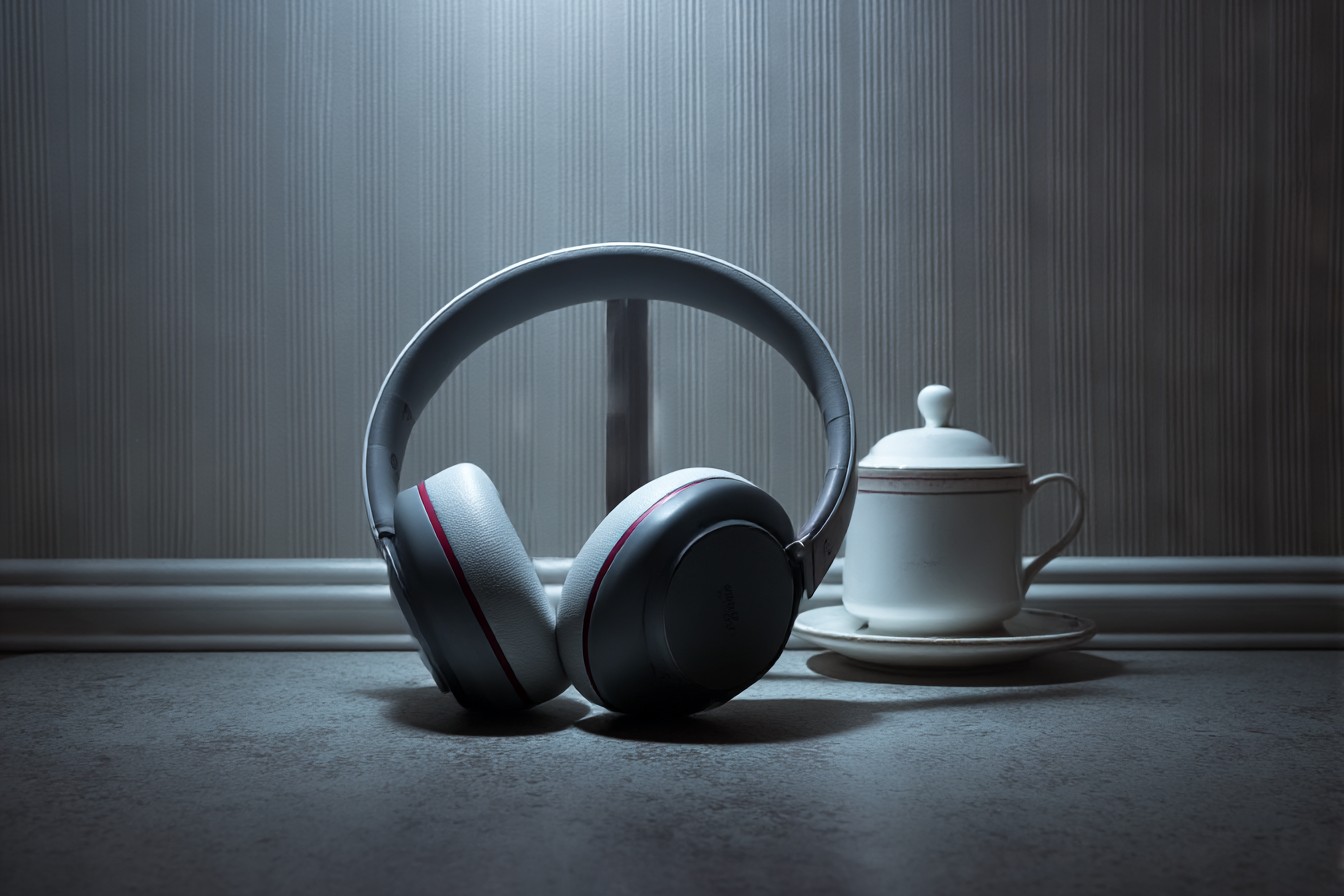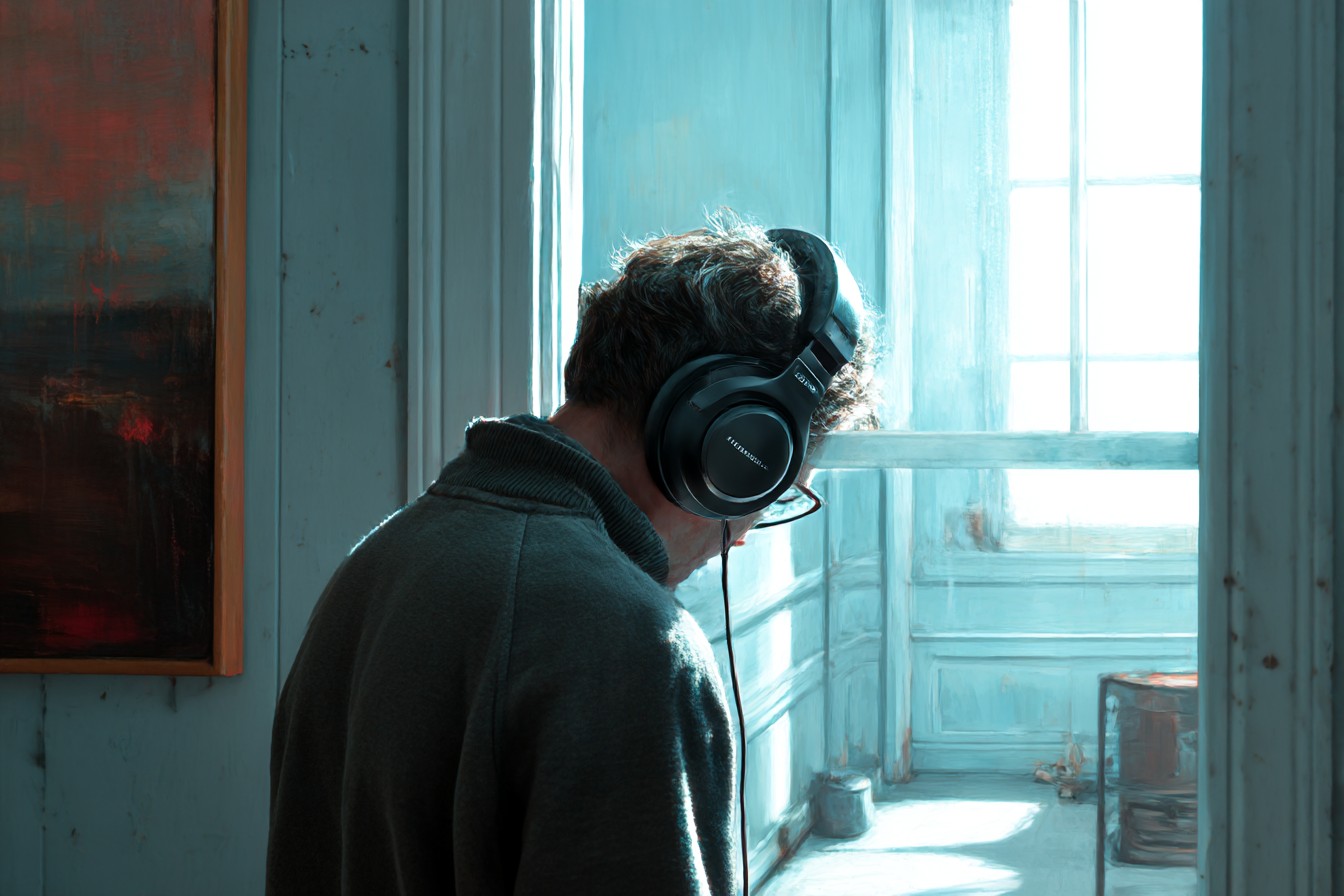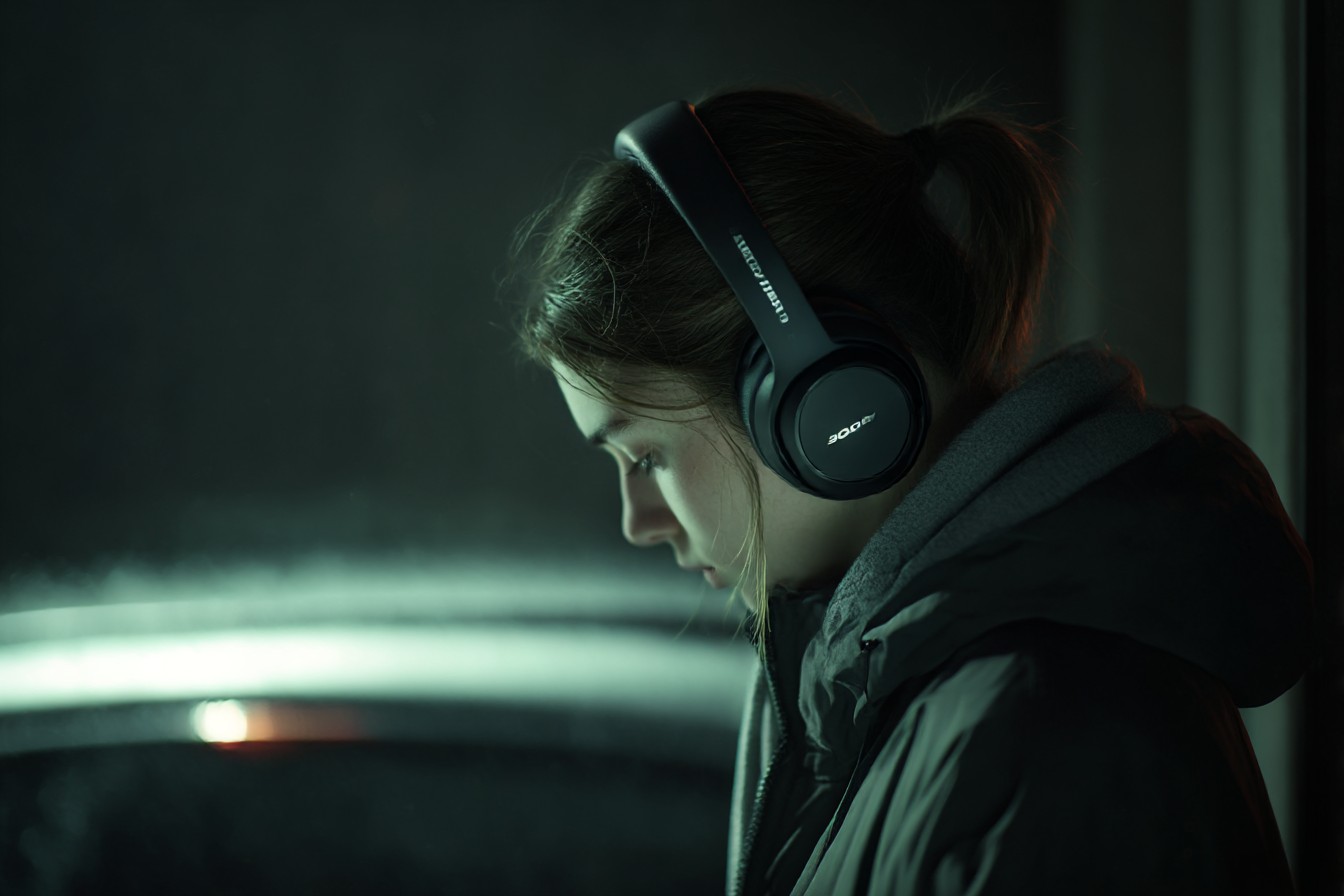I’ll never forget the moment I realized I’d spent three hundred quid on a pair of headphones that were essentially replacing one type of noise with another. There I was, sitting on the 7:15 train to London, smugly ensconced in my audio cocoon while the masses endured the screech of the rails and the bloke three seats down who thought his phone conversation needed to be broadcast to the entire carriage.
I tapped the little touch-sensitive panel on my right ear, feeling that now-familiar whoosh as the world disappeared behind a digital curtain. Pure bliss… for about fifteen minutes. That’s when I noticed it – a faint but persistent hissing sound, like someone was gently letting air out of a balloon right next to my ear.
“That can’t be right,” I thought, adjusting the headphones and pausing my podcast. The hissing continued. I turned the noise cancellation off and on again. Still there. I restarted the headphones. No change.
I’d spent months researching these headphones, poring over reviews that promised “industry-leading noise cancellation” and “pure, uncompromised sound.” Not one mentioned the constant companion of electronic noise that apparently came free with my purchase.
This, my friends, is the irony at the heart of premium audio gear – particularly noise-canceling headphones. You pay extra to eliminate unwanted sounds, only to discover the solution introduces its own audio problems. It’s like hiring an exterminator who gets rid of your mice but moves in and leaves his dirty socks everywhere.
The hissing noise in noise-canceling headphones (that manufacturers never mention in their glossy marketing materials) is what audio engineers call “self-noise” – the sound produced by the very circuitry designed to create silence. It’s the audio equivalent of those little floaters in your eye that you only notice when looking at a blank wall or clear blue sky. Once you hear it, you can’t unhear it.
My colleague Dave reckons I’m being ridiculous. “It’s the price you pay for the technology,” he told me over lunch, completely missing the point that I’d already paid the price – three hundred actual pounds – and wasn’t expecting to make additional payments in the form of permanent electronic whispering.
But self-noise is just the beginning of this expensive audio paradox. About two months after buying these premium cans, I noticed another quirk. When walking, each footfall would create a subtle but distinct “thump” in the headphones – a phenomenon apparently called the “occlusion effect.” My expensive headphones were essentially turning my normal walking rhythm into the world’s most boring techno beat.
Ring ring – oh wait, that’s not my phone, that’s just the bizarre high-pitched feedback my headphones occasionally produce when I turn my head too quickly. Another feature they somehow forgot to mention in the advertisements.
I’ve since learned I’m not alone in my expensive audio disappointment. My mate Colin spent nearly five hundred pounds on a pair of “audiophile” headphones that, according to him, reveal details in music he’s never heard before. “I can hear the guitarist’s fingernails on the strings,” he told me with the reverence usually reserved for religious experiences.
“Brilliant,” I replied. “But is that actually making the music more enjoyable, or are you just noticing distractions that the recording engineer never intended you to focus on?”
He looked at me like I’d suggested we microwave his precious headphones.
The audio world is absolutely riddled with this kind of expensive problem-solving that creates new problems. Take those fancy wireless earbuds everyone’s wearing these days. They eliminate the “horrible inconvenience” of wires (which, let’s be honest, worked perfectly fine for decades) but introduce battery anxiety, connection dropouts, and the constant fear of dropping one down a drain, which I did last summer outside Tesco. Forty quid, straight into the sewer system. Lovely.
Or how about those premium speakers that reveal “previously unheard details” in your music? What they don’t tell you is that they’ll also reveal the previously unnoticed traffic noise outside your window, the hum of your refrigerator, and the fact that most modern music is compressed to within an inch of its life anyway, so those extra details are often just compression artifacts that sound like garbage.
The truth is, the audio industry has become masterful at solving problems we didn’t know we had – and charging handsomely for the privilege. Remember when we just… put headphones on and listened to music? Now we’re adjusting noise cancellation levels, tweaking EQ settings through companion apps, and performing regular firmware updates on our bloody headphones. FIRMWARE UPDATES. ON HEADPHONES.
My dad still uses the same pair of wired Sennheisers he bought in 1998. They sound great, never need charging, and guess what? They’ve never once needed a software update or had to reconnect to Bluetooth after mysteriously disconnecting for no reason whatsoever.
I was in a high-end audio store last weekend (yes, I have a problem – I’m fully aware), and the salesperson was demonstrating a £900 pair of noise-canceling headphones. “These use adaptive noise cancellation with environmental awareness and pressure equalization,” he said, as if explaining the technology that would finally bring world peace.
“Do they hiss?” I asked.
He blinked. “Pardon?”
“When there’s no music playing and the noise cancellation is on. Do they make a hissing sound?”
“Well,” he stammered, “all active noise cancellation systems produce some level of self-noise, but our proprietary algorithm minimizes—”
“So that’s a yes, then.”
The most frustrating part is that these issues aren’t even acknowledged by manufacturers. They’ll spend pages in their marketing materials talking about custom-designed 40mm beryllium-coated drivers and Bluetooth 5.2 with aptX HD support, but not one word about the persistent white noise that’s now your constant companion during quiet passages in music.
My colleague Sarah recently dropped six hundred quid on a pair of noise-canceling earbuds that, according to the reviews, have “the best noise cancellation on the market.” Two days later, she complained of headaches and slight dizziness. Turns out, some people experience pressure-related discomfort from noise cancellation technology – yet another “feature” conveniently left off the box.
“They’re amazing when they work,” she told me, “but I can only wear them for about an hour before I feel like my head’s in a vice.”
This is the part where I should probably offer some solutions, but honestly, I’m still trying to figure them out myself. I’ve gone through four pairs of premium noise-canceling headphones in the past three years, each promising to be better than the last, each introducing its own unique problems while solving others.
My current pair has excellent noise cancellation with minimal hiss, but occasionally makes a strange popping sound when I yawn. The pair before that had no popping but would randomly increase the volume to ear-splitting levels when receiving certain notifications. The pair before that had neither issue but would connect to my laptop and phone simultaneously, creating a hellish audio landscape where Zoom calls merged with Spotify in a cacophony that probably violated several Geneva Conventions.
I’ve started to wonder if this is all some elaborate psychological experiment. Perhaps the real noise being canceled is the sound of us complaining about spending hundreds of pounds on imperfect technology.
The cruelest irony is that despite all these issues, I can’t go back. I’ve tried. Last month, after a particularly frustrating firmware update that somehow made my headphones forget they have a right channel, I dug out my old wired headphones. They worked perfectly – no hiss, no dropouts, no weird electronic artifacts.
But you know what they don’t have? Noise cancellation. And after years of technological coddling, the normal sounds of everyday life – the office chatter, the air conditioning hum, the keyboard clacking – felt unbearably intrusive. I lasted exactly two hours before sheepishly putting my expensive, problematic noise-cancelers back on, hiss and all.
So here I am, trapped in audio purgatory – unwilling to live with the noise of the world, but increasingly irritated by the noise of the solution. I’m that guy from the ancient Greek myth, except instead of rolling a boulder uphill for eternity, I’m constantly adjusting Bluetooth settings and trying to ignore electronic hissing.
The next time you see someone wearing expensive noise-canceling headphones with a slightly annoyed expression, know that they’re not just blocking out the world – they’re also trying to ignore the irony that their expensive solution is its own unique problem. And if that person is me on the 7:15 to London, maybe don’t tap me on the shoulder to chat. I’ve finally got the hiss tuned out, and I’d like to enjoy my electronically-compromised silence for at least a few more stops.
